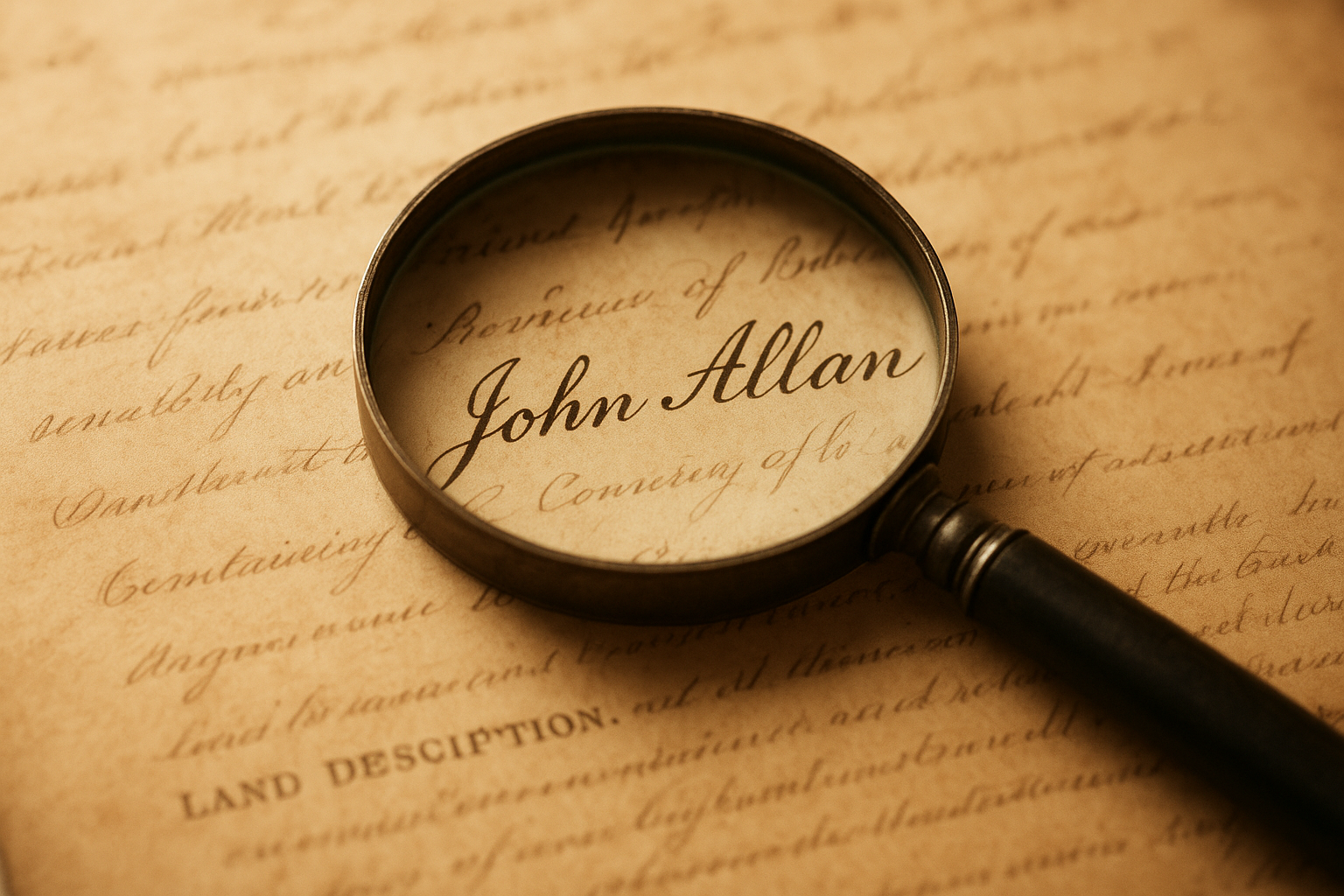A citation tells you where you found a piece of information. It’s an important part of family history because it helps you and others know where the facts came from. Here are some basics to help you get started.
What is a Citation?
– A short note about the source of your information.
– Like a label for facts on your tree.
– Helps others verify your research.
Why Use Citations?
– To prove your research.
– To remember where info came from.
– To help others check your facts.
– To avoid confusion between people with similar names.
Where You’ll Find Citations
– Genealogy websites (e.g. Ancestry, FindMyPast).
– Official records (birth, marriage, death certificates).
– Books, newspapers, and archives.
– Online trees and your own notes.
Where You’ll Use Them
– In family trees (software or online).
– In stories or write-ups.
– In notes or timelines.
– On printed charts or in emails to relatives.
Simple Citation Examples
1. 1901 Census, England, Middlesex, St Pancras, RG13/145, page 12, entry for Thomas Carter
2. Birth index for John Smith, Q2 1876, vol. 3b p.162
Top Tips for Beginners
– Don’t worry about being perfect.
– Always write down where you found something.
– Save links, scan documents, or keep note files.
– Be consistent with your format.
– You can always go back and add more detail later.
Try It Yourself
Use this space to write a citation from something you’ve found:
Source Type: ___________________________
Details: ________________________________
Where you found it: ______________________

